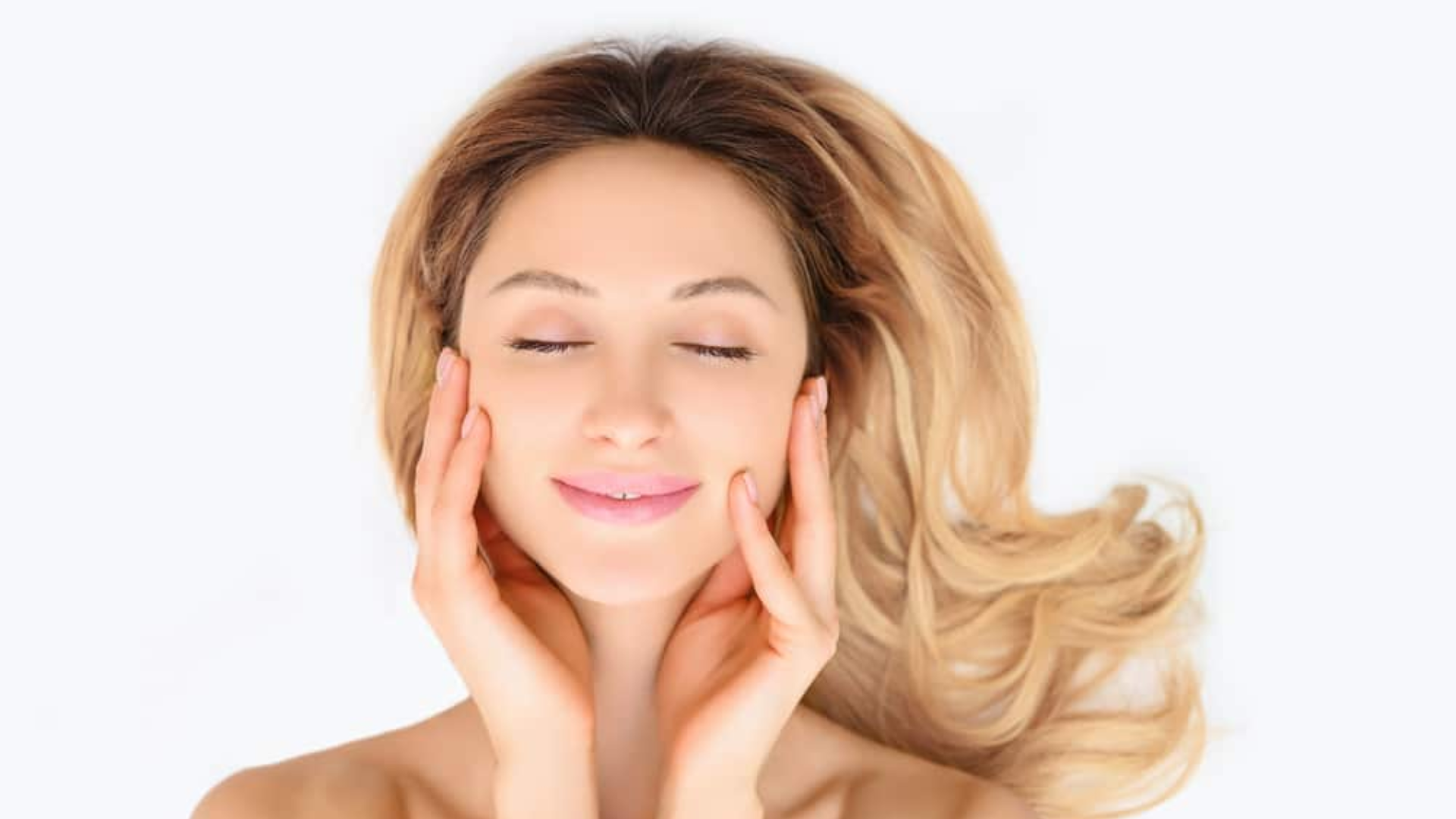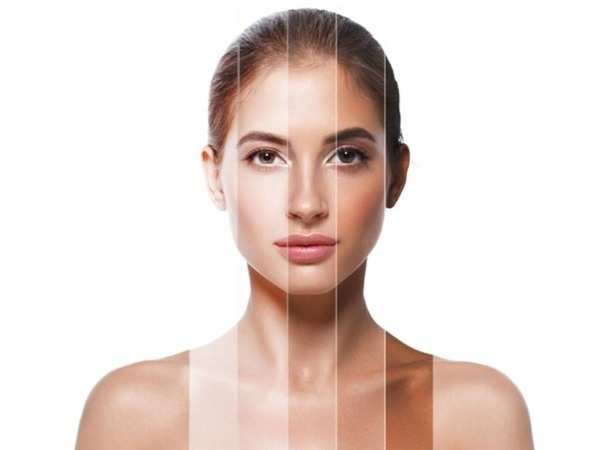In 1967, zoologist emphasized the universal desire for flawless skin, linking it to the ancient human instinct to signal health, well-being, and fertility. Today, consumers of all ages seek the “best” skincare products amidst a plethora of choices, often relying on recommendations from friends, physicians, or influencers. A market survey from October 2015 highlighted that factors like regular cleansing, lifestyle, sun exposure, diet, and daily skincare habits impact skin appearance more than professional treatments. Extrinsic aging, largely due to environmental factors and habits, accounts for 80% of visible skin aging, while intrinsic aging, influenced by genetics and health, contributes 20%.
Intrinsic aging results in thinning, fine lines, and dryness, while extrinsic aging shows as pigmentation changes, dullness, wrinkles, and laxity. Factors like reduced epidermal cell turnover and collagen production contribute to these changes, exacerbated by inflammation from various sources. Skin serves multiple functions beyond appearance, including protection, excretion, secretion, and thermoregulation. While cosmetic procedures like fillers and lasers are common, integrating a personalized skincare routine is crucial for long-term results.
Skincare products fall into two categories:
Cosmetics and FDA-approved actives, which can include drugs like OTC or prescription products, and “cosmeceuticals.” The FDA defines cosmetics as items intended for cleansing, beautifying, or altering appearance without affecting the body’s structure or functions. On the other hand, FDA-approved OTC products contain active ingredients that can change the skin’s structure or function. The term “cosmeceutical,” coined by Dr. Albert Kligman, refers to cosmetic ingredients with biologically active compounds. Combining cosmetics and OTC drugs in a skincare regimen over time can lead to noticeable benefits.
Basic Skincare Needs
The perception of youthful, healthy skin is influenced by various factors in the epidermis and dermis, such as the extracellular matrix density, cell distribution, surface appearance, and skin fluorescence. Changes in skin physiology result in conditions like dryness, acne, and pigmentation issues. Using a combination of OTC and cosmetic skincare products in a regimen can assist consumers in improving their skin’s health and appearance.
Protection, prevention, cleansing, and moisturizing are crucial in skincare routines. Dermatologists stress daily sunscreen use with zinc oxide or avobenzone for effective UV protection, as sunscreens are OTC drugs requiring safety testing.
Cleansers and moisturizers vary widely in ingredients and effectiveness. Vehicle and skin type compatibility are crucial, and FDA-approved actives may enhance skin barrier function. Unique formulas require informed consumer choices guided by clinical testing.
Gel and bar cleansers suit oily skin, while cream-based options are better for normal to dry skin. Moisturizers with humectants draw in water, and occlusives prevent water loss. Product recommendations should align with skin type and concerns.
Improving Texture and Tone
Youthful, healthy-looking skin is characterized by its radiance, which diminishes with age due to slower epidermal cell turnover. Exfoliation, whether chemical or physical, helps remove dead cells, stimulating turnover for a smoother, translucent surface. Chemical exfoliants like AHAs (glycolic, lactic, malic acids) and salicylic acid (a BHA) are popular, with concentrations under 10-15% for AHAs and 2% for BHAs suitable for home use. Newer additions like polyhydroxy acids (lactobionic acid, gluconolactone) offer gentler exfoliation and antioxidant benefits. Physical exfoliation options include scrubs, facial brushes, and microexfoliating rollers, though these may cause temporary barrier disruption. While not replacing professional treatments, they can enhance skin radiance with regular use.
Redensification
Radiance, a key element of youthful, healthy skin, stems from light reflectance on a smooth surface. As we age and cell turnover slows, dead cells accumulate, leading to roughness, dryness, and enlarged pores. Exfoliation, whether chemical or physical, helps shed these dead cells, promoting a smoother, more translucent complexion. Chemical exfoliants like AHAs (glycolic, lactic, malic acids) and salicylic acid (a BHA) are popular for their effectiveness. Safe for home use at lower concentrations, these acids encourage turnover and are often found in products with concentrations between 7% to 10%. Newer additions like polyhydroxy acids (lactobionic acid, gluconolactone) offer gentler exfoliation and antioxidant benefits. Physical exfoliation, with products like scrubs and brushes, provides immediate results but can disrupt the skin barrier temporarily, potentially increasing water loss. While not a substitute for professional treatments, these methods help maintain skin radiance with regular use.
Managing Sensitivity
Sensitive skin, a condition often self-diagnosed, affects about 50% of women and 40% of men. Individuals with sensitive skin describe it as reactive, itchy, red, and dry, aggravated by various factors like UV radiation, temperature, stress, and products. While the exact cause isn’t fully understood, three main factors are thought to contribute: compromised barrier function, inflammation, and nerve abnormalities. Treating sensitive skin involves repairing the barrier with moisturizing agents like glycerin and hyaluronic acid, preventing water loss with substances such as petrolatum, and avoiding known irritants. Chamomile is recognized for its anti-inflammatory properties, making it beneficial for soothing sensitive skin. Recommending products with minimal ingredients is generally advised.
Creating and Maintaining an Even Skin Tone
At-home medicated skincare, combining hydroquinone, retinoids, exfoliants, and sun protection, offers a safe alternative. Daily use can lighten abnormal pigmentation within 8 to 12 weeks. One study found 4% hydroquinone with 0.3% retinol more effective than 0.05% tretinoin for photo-associated hyperpigmentation.
A uniform complexion can be maintained with brightening agents like kojic acid, AHAs, licorice root, and vitamin C derivatives. These are commonly found in cleansers, toners, and moisturizers. Cosmetic companies are developing new brightening agents like hexylresorcinol and pterostilbene to provide alternatives to hydroquinone.
As we age, our skin’s natural defenses weaken, processes slow, and breakdown increases. While cosmetic procedures target specific aging signs, a personalized at-home skincare regimen complements treatments. Clinically proven products, tailored to individual needs, enhance results and empower patients in their skincare journey.



:max_bytes(150000):strip_icc()/skincare-routine-stress-2000-c5e8cf3a43bf4027a959a6241e1e491a.jpg)
:max_bytes(150000):strip_icc()/SkinTexture-b6405c638d3a4843bbe120dc752b1276.jpg)






















